5 Best Portrait Lens For Canon 80D
I recommend the 5 Best Portrait Lens For Canon 80D because it is an excellent choice for Canon 80D photographers. This lens is also great for portrait, macro, landscape, and street photography.
Top 5 Best Portrait Lens For Canon 80D
1. Canon 55-250mm F4-5.6 Lens
Main Features:
- EF-S Mount Lens/APS-C Format
- 88-400mm (35mm Equivalent)
- Opening Range: f/4 to f/32
- One Ultra-Low Dispersion Element
- Super Spectra Coating
- STM Stepping AF Motor
- Optical Image Stabilizer
- Adjusted 7-Blade Diaphragm

Appropriate for far off-topic, the EF-S 55-250mm f/4-5.6 IS STM is an 88-400mm-identical zoom for Canon APS-C DSLRs. This current focal point’s long reach is upgraded by the consideration of an Ultra-Low Dispersion component, which serves to extraordinarily lessen shading bordering and chromatic variations for more noteworthy clearness and shading exactness all through the zoom range.
A Super Spectra covering is likewise included, and limits flare and ghosting to create more noteworthy differentiation when working in splendid lighting conditions. Helping both photograph and video applications, an STM venturing AF engine is utilized to acknowledge speedily and close quiet self-adjust execution alongside full-time manual center abrogate.
2. Canon 15-85mm f/3.5-5.6 Lens
Main Features:
- EF-S-Mount Lens/APS-C Format
- 24-136mm (35mm Equivalent)
- Opening Range: f/3.5 to f/36
- One UD and Three Aspherical Elements
- Super Spectra Coating
- Ring-Type Ultrasonic Motor AF System
- Optical Image Stabilizer
- Adjusted 7-Blade Diaphragm
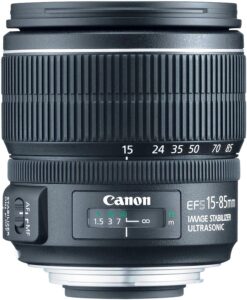
An adaptable zoom to help to work in an assortment of circumstances, the EF-S 15-85mm f/3.5-5.6 IS USM from Canon is a 24-136mm-comparable focal point intended for APS-C-design DSLRs. Super Low Dispersion and aspherical components are highlighted in the optical plan to control tone bordering, bending, and an assortment of abnormalities all through the zoom range, and a Super Spectra covering has been applied to diminish flare and ghosting for further developed differentiation and shading loyalty.
The focal point additionally includes an Optical Image Stabilizer, which limits the presence of camera shake by four stops to more readily empower shooting handheld in troublesome lighting conditions.
3. Canon 17-55mm f/2.8 Lens
Main Features:
- EF-S-Mount Lens/APS-C Format
- 27.2-88mm (35mm Equivalent)
- Gap Range: f/2.8 to f/22
- Two UD and Three Aspherical Elements
- Super Spectra Coating
- Ring-Type Ultrasonic Motor AF System
- Optical Image Stabilizer
- Adjusted 7-Blade Diaphragm

A colossally adaptable standard zoom for APS-C-design DSLRs, the EF-S 17-55mm f/2.8 IS USM from Canon matches the 27.2-88mm comparable central length range with a splendid f/2.8 steady most extreme gap. Helping this plan is a refined optical format, which incorporates both Ultra-Low Dispersion glass and aspherical components to altogether lessen chromatic and round variations for further developed lucidity and sharpness all through the zoom range. A Super Spectra covering has additionally been applied to individual components to smother flare and ghosting for expanded differentiation when working in brilliant conditions.
4. Canon 18-200mm f/3.5-5.6 Lens
Main Features:
- EF-S-Mount Lens/APS-C Format
- 28.8-320mm (35mm Equivalent)
- Gap Range: f/3.5 to f/36
- Two Aspherical Elements, Two UD Elements
- Super Spectra Coating
- Miniature Motor AF System
- Optical Image Stabilizer
- Adjusted 6-Blade Diaphragm
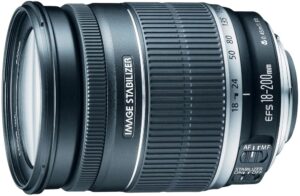
An ideal all-around focal point, the EF-S 18-200mm f/3.5-5.6 IS from Canon is a 28.8-320mm identical zoom covering a flexible wide-point to fax range. Utilizing both aspherical and super low scattering components, shading bordering, chromatic variations, and circular deviations are all around controlled for a serious level of sharpness, shading precision, and lucidity.
A Super Spectra covering has likewise been applied to stifle flare and ghosting for further developed differentiation. Supplementing the imaging abilities is a four-stop-viable Image Stabilizer framework that limits the presence of camera shake for more honed handheld shooting.
5. Canon 24mm f/2.8 Lens
Main Features:
- EF-S-Mount Lens/APS-C Format
- 38.4mm (35mm Equivalent)
- Opening Range: f/2.8 to f/22
- One Aspherical Element
- Super Spectra Coating
- STM Stepping AF Motor
- Adjusted 7-Blade Diaphragm
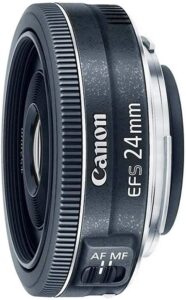
Unmistakable by its really slim profile, alongside a high-level self-adjust engine, the EF-S 24mm f/2.8 STM from Canon is a 38.4mm-identical prime intended for APS-C-design DSLRs. Its optical plan highlights one aspherical component, which assists with diminishing bending and circular variations for high sharpness and lucidity.
A Super Spectra covering has additionally been applied, which assists with limiting focal point flare and ghosting for further developed differentiation and shading loyalty in brilliant lighting conditions. Also, helping both photograph and video applications, an STM venturing AF engine is utilized to acknowledge speedy, exact, and close quiet self-adjust execution.
- Short ordinary length prime is intended for use with APS-C-design Canon EF-S-mount DSLRs and gives a 38.4mm identical central length.
- Unassumingly splendid f/2.8 greatest opening advantages working in low-light bear the cost of command over the profundity of field and assists with keeping the generally actual plan minimized and lightweight.
- Hotcake structure factor gauges under 1″- thick for a super-compact, flexible plan.
- One aspherical component limits twisting and round abnormality to acknowledge more prominent sharpness and exact delivering.
- Super Spectra covering has been applied to individual components to limit ghosting and flare for more noteworthy differentiation and shading impartiality when working in solid lighting conditions.
- An STM venturing AF engine acknowledges smooth, close quiet self-adjust that is supplemented by a back center framework, progressed AF calculations, and a high-velocity CPU for quick AF execution. Moreover, a full-time manual center supersede is additionally accessible.
- The adjusted seven-edge stomach adds to a satisfying out-of-center quality that helps the utilization of shallow profundity of field and particular center procedures.
Frequently Ask Question(FAQ)
Q. What lens is the best with Canon 80D?
Following is the five best lens for Canon 80D:
- Canon 18-200mm f/3.5-5.6 Lens
- Canon 24mm f/2.8 Lens
- Canon 55-250mm F4-5.6 Lens
- Canon 15-85mm f/3.5-5.6 Lens
- Canon 17-55mm f/2.8 Lens
Q. What is the best lens size for portraits?
For representation photography, 50mm focal points are incredible for full-length and midsection level pictures, both on the spot and in the studio. This is on account of the wide field of view contrasted with an 85mm or 135mm focal point, and you don’t should be excessively far away from the model to accomplish these yields
Q. Is 80D full frame?
The Canon 80D is certainly not a full-outline camera. It has an APS-C-sized sensor (22.5mm x 15mm), which is more modest than a full-outline sensor.
Q. Does Canon 80D have portrait mode?
Standard is known for delivering incredible cameras intended for the two fledglings and expert photographic artists. At the cost, the Canon 80D is a decent camera for taking pictures. This camera delivers excellent pictures, has a high-level self-adjust framework, and uses an Intelligent Viewfinder.
Q. Is Canon 80D good for wedding photography?
The following model in our rundown of the best DSLRs for wedding photography takes AF execution to a higher level, with its 45-point cross-type AF framework. On account of this state of the art innovation, you get quicker and strikingly exact AF in practically any lighting condition
Q. What is the best ISO setting for portraits?
For pictures, you need the most noteworthy picture quality conceivable. So for the ISO set it as low as possible to stay away from abundance commotion in your photographs. Go for somewhere close to ISO 100 and 400.

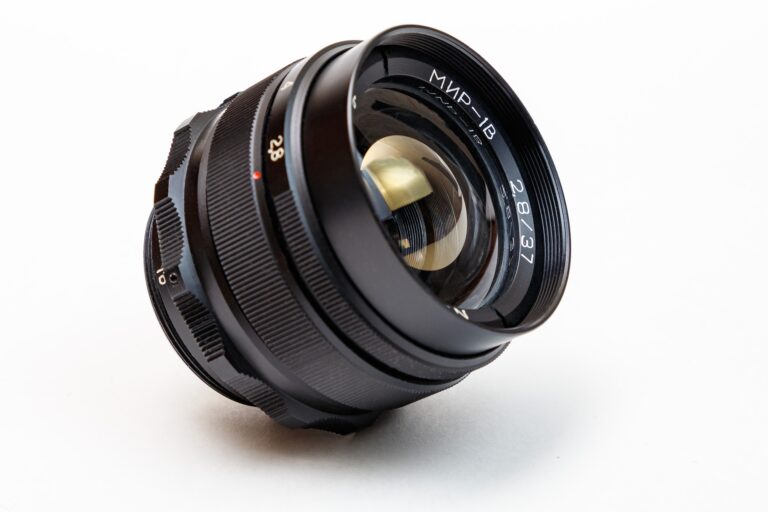
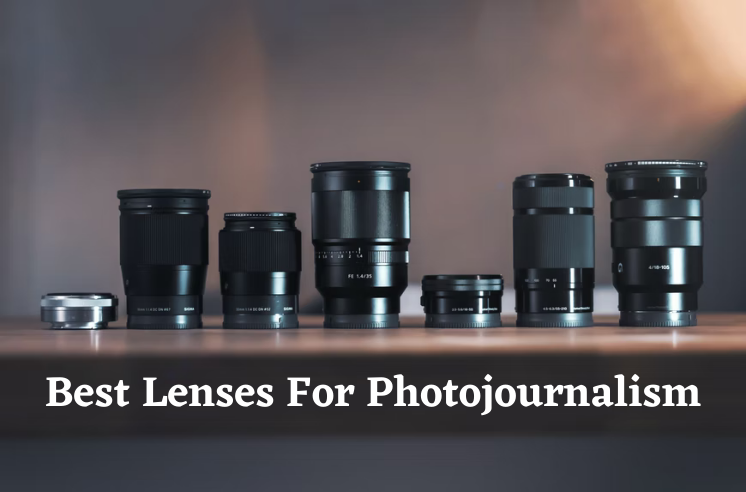
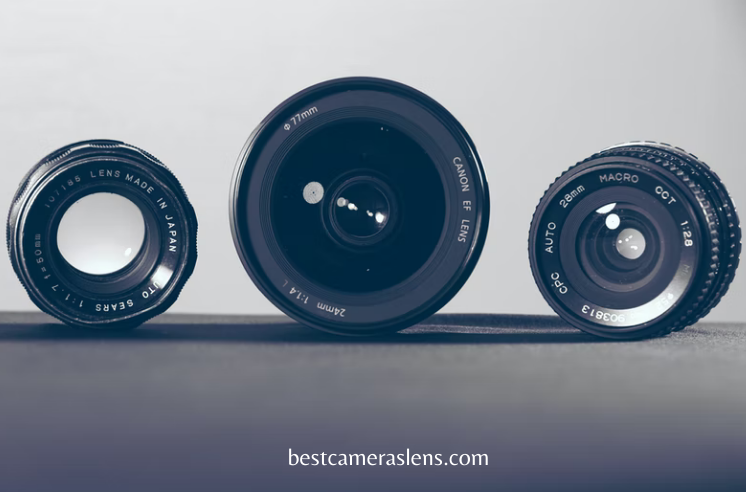


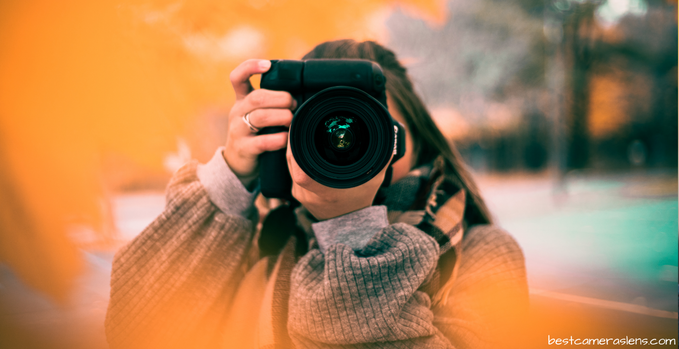
One Comment